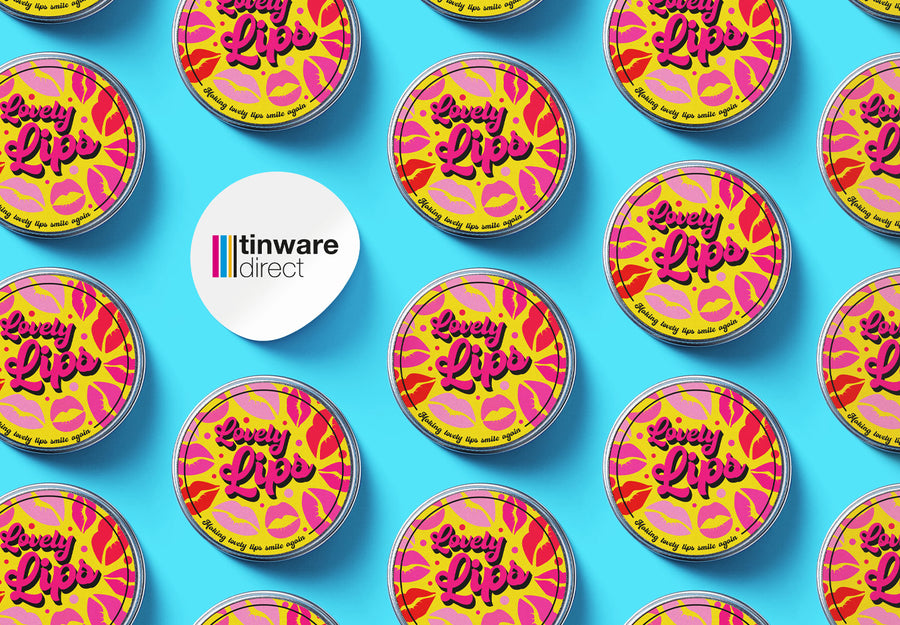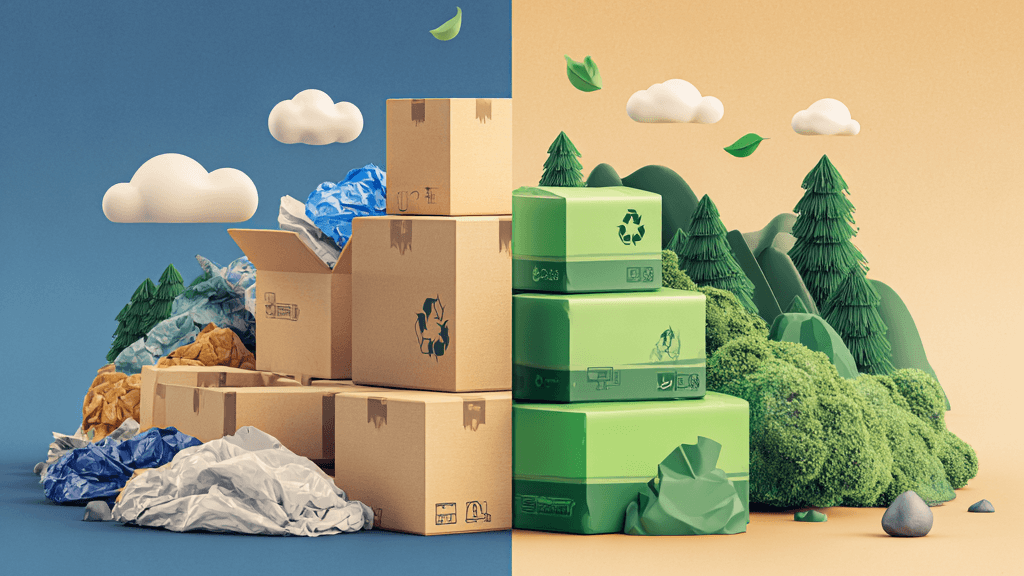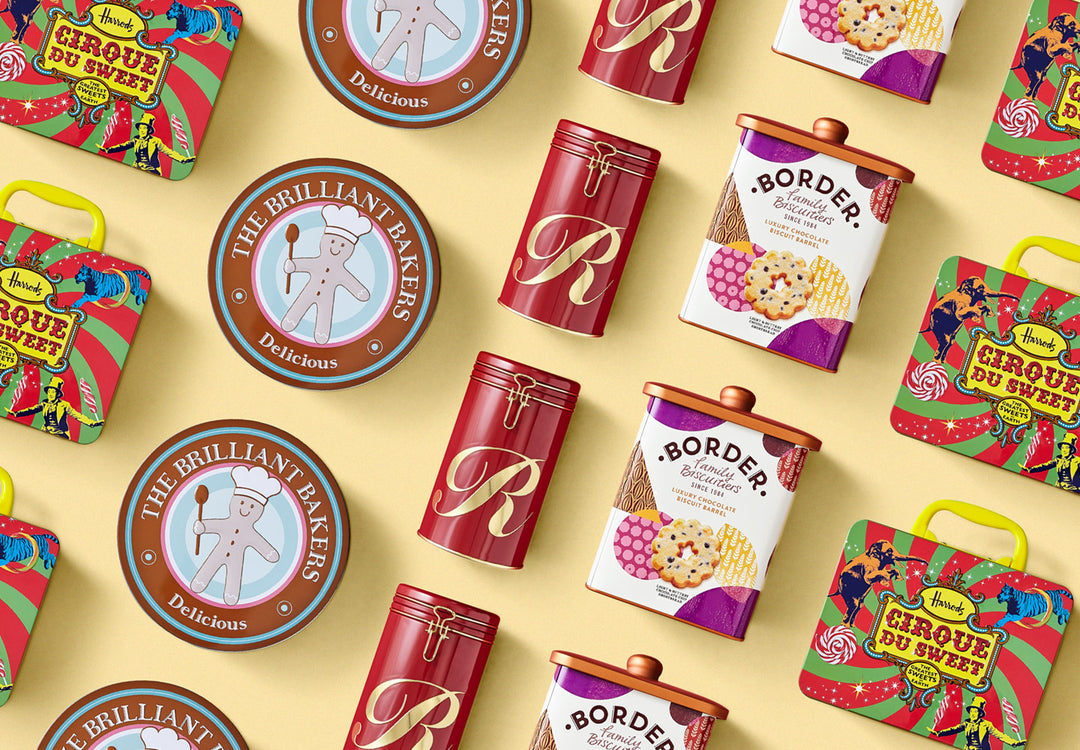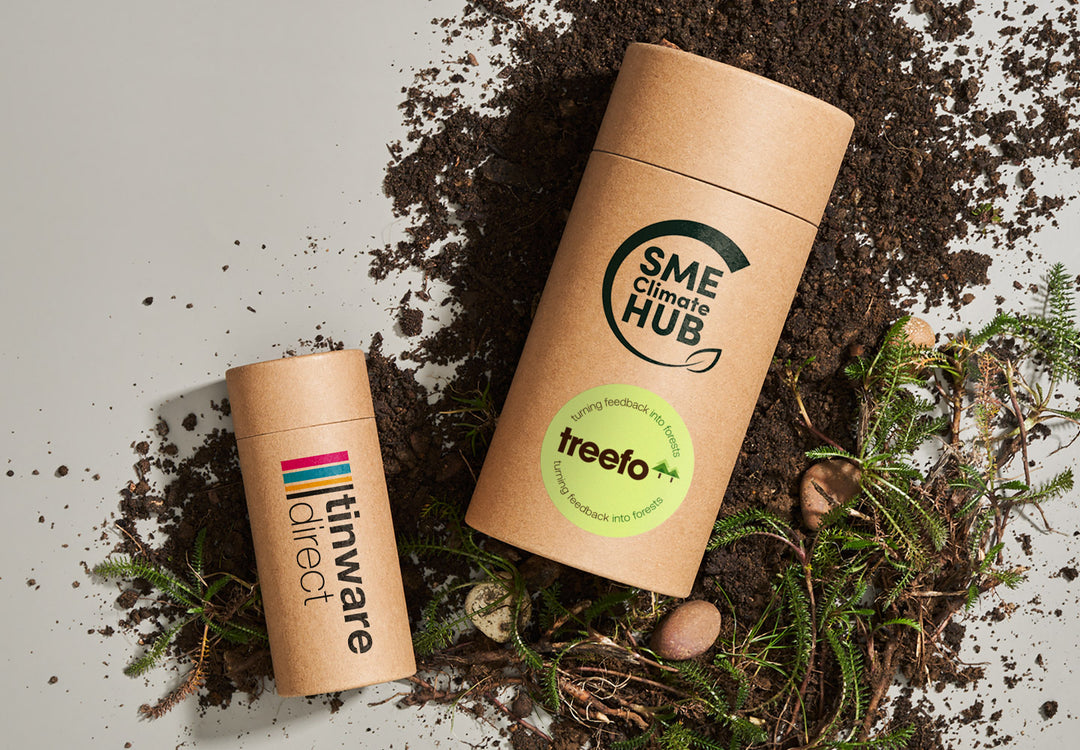How To Choose Eco Friendly Packaging Labels: A Comprehensive Guide

Discover the key to sustainable branding with our expert tips on selecting eco friendly packaging labels.
Why Choose Eco-Friendly Labelling?
Eco friendly packaging labels are more than just a trend; they are a vital component of sustainable business practices. With growing awareness about environmental issues, consumers are increasingly looking for products that align with their values. By choosing eco-friendly labels, companies can demonstrate their commitment to sustainability, making their brands more attractive to eco-conscious consumers.
In addition to consumer appeal, eco-friendly labels also contribute to reducing the environmental footprint. These labels are often made from recycled or renewable materials and are designed to be biodegradable or easily recyclable. This helps in minimising waste and conserving natural resources, making a positive impact on the planet. So, let’s explore how to choose the right eco-friendly labels for your packaging.
Understanding The Different Types of Eco Friendly Labels
There are various types of eco-friendly labels available, each with unique characteristics and benefits. Some common types include compostable labels, which break down completely in composting conditions, and recyclable labels, which can be processed and reused in new products. Additionally, there are biodegradable labels that naturally decompose over time, reducing waste in landfills.
Another type is the FSC-certified label, which indicates that the paper used comes from responsibly managed forests. There are also labels made from plant-based materials, such as those derived from corn or sugarcane, offering a renewable alternative to traditional petroleum-based labels.
Consider The Key Factors
When selecting eco-friendly labels for your product packaging, consider the following key factors:
- Material composition
- Adhesive properties
- Printing methods
The material should be sustainable and compatible with your packaging, ensuring durability and functionality. Adhesive properties are crucial as they determine the label's ability to stick to various surfaces without compromising eco friendliness.
Printing methods also play a significant role. Opt for eco-friendly inks, such as vegetable-based or water-based inks, which have a lower environmental impact compared to traditional solvent-based inks.
Additionally, consider the label’s life cycle, including its production, usage, and disposal, to ensure it aligns with your sustainability goals.
Research Certifications and Standards for Eco Friendly Labels
Certifications and standards are essential indicators of the authenticity and credibility of eco-friendly labels. Look for labels that comply with recognised certifications such as the Forest Stewardship Council (FSC), which certifies that the paper used is sourced from responsibly managed forests. The Cradle to Cradle certification is another important standard, assessing the sustainability and circularity of products across five categories: material health, material reutilisation, renewable energy, water stewardship, and social fairness.
Other notable certifications include the Global Organic Textile Standard (GOTS) for organic fibres and the EU Ecolabel, which signifies that the product meets high environmental standards throughout its life cycle. These certifications provide assurance to consumers and stakeholders that your eco-friendly labels are genuinely sustainable.
Utilise The Best Practices for Implementing Eco Friendly Labels
Finally, be aware that implementing eco-friendly labels effectively for your product packaging requires a strategic approach. Start by conducting thorough research to identify the most suitable labels for your products, considering factors such as material compatibility and environmental impact. Collaborate with suppliers who share your commitment to sustainability and can provide certified eco friendly label options.
Transparency is key. Clearly communicate your sustainability efforts to consumers by highlighting the eco-friendly attributes of your labels on your packaging and marketing materials. Additionally, continuously evaluate and improve your labelling practices, staying up-to-date with advancements in sustainable materials and technologies to ensure your packaging remains as eco friendly as possible.







